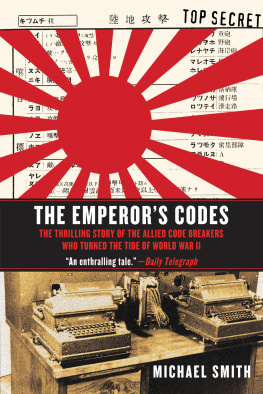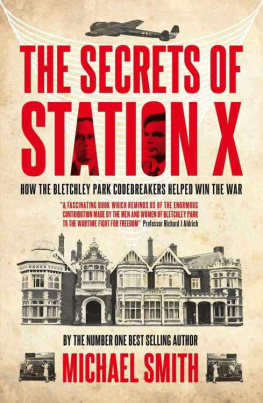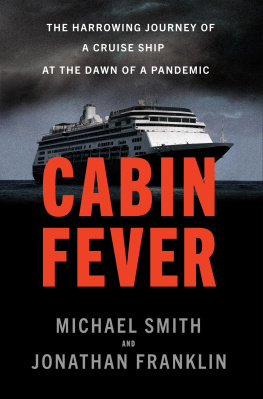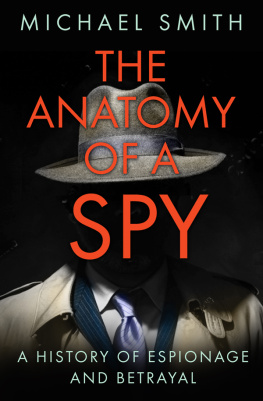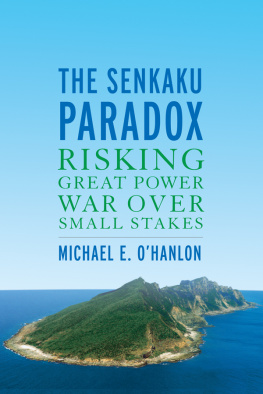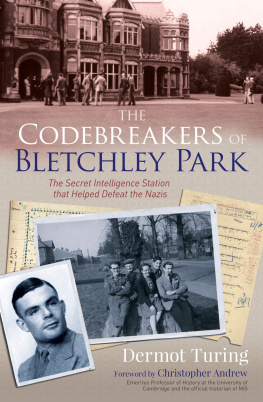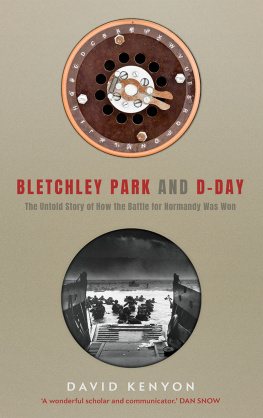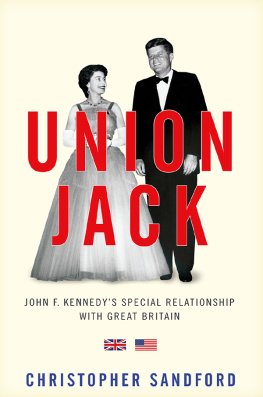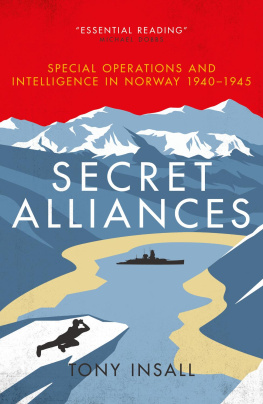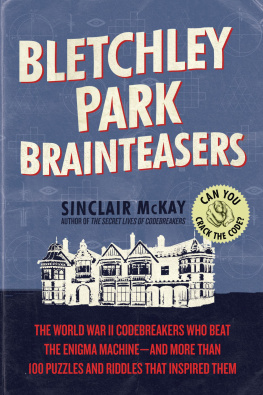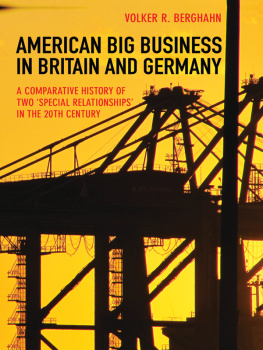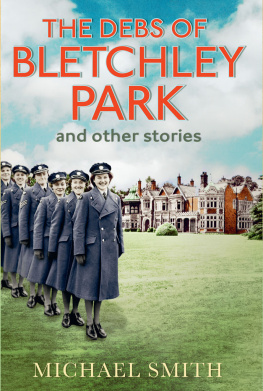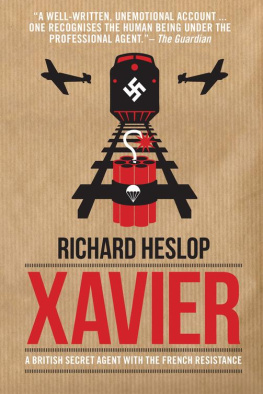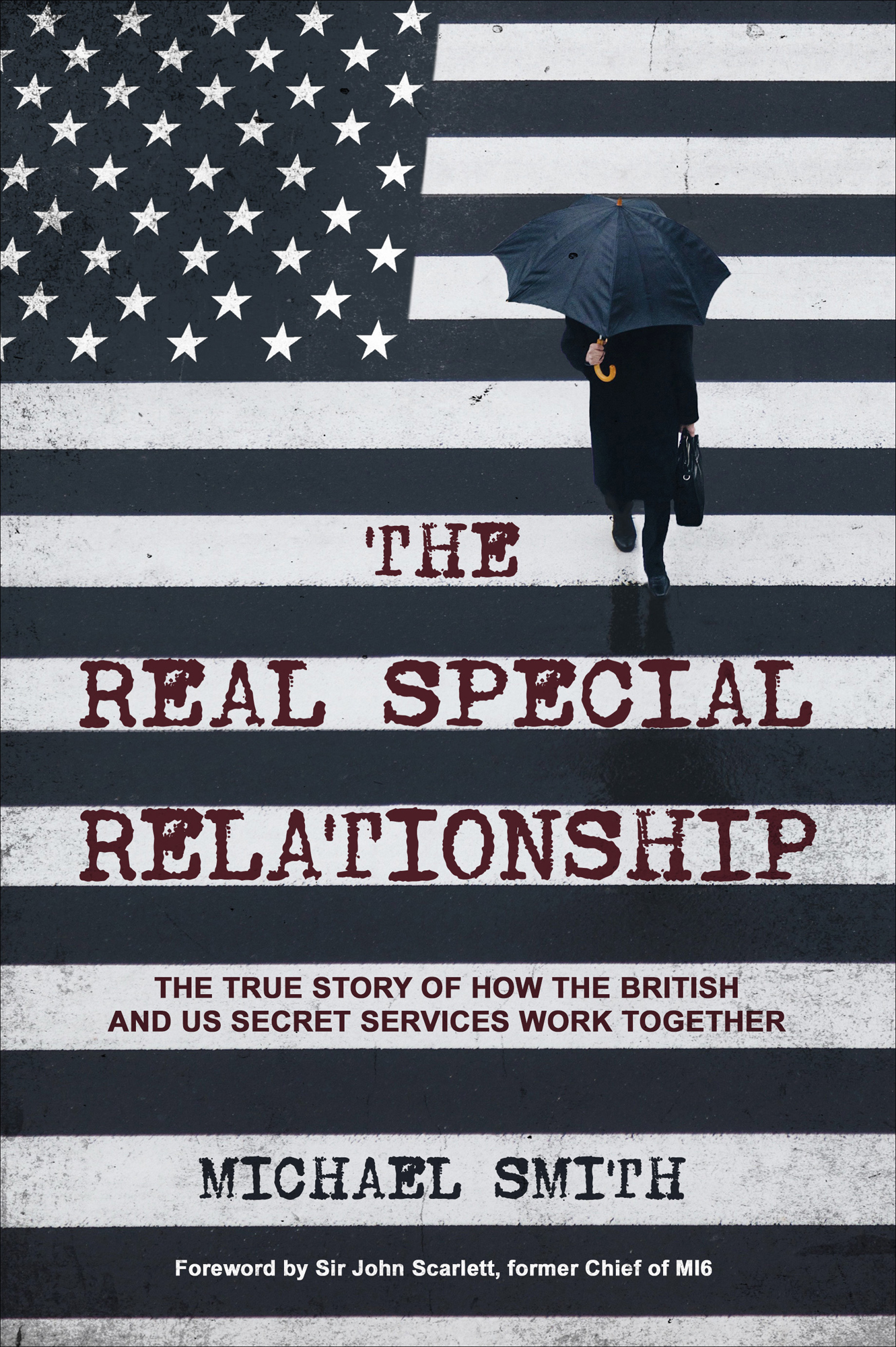Contents
Guide
The Real Special Relationship
The True Story of How the British and US Secret Services Work Together
Michael Smith
Forword by Sir John Scarlett, former Chief of MI6
In memory of my good friend and mentor Thomas Ralph Erskine, 19332021
AUTHORS NOTE
I have taken a number of measures throughout this book to avoid the inevitable problems caused by a large number of similar names, abbreviations and titles. For the sake of simplicity, I have referred to the Soviet intelligence service as the KGB, ignoring the various titles that preceded it, to the British Secret Intelligence Service as MI6, and to the head of the CIA as the CIA Director, although for most of the period covered by this book, the correct title was Director of Central Intelligence.
I am extremely grateful to all those who helped me in the research and writing of this book, some of whom have understandably declined to be named. I am particularly grateful to Sir John Scarlett for his generous yet authoritative foreword to this book. I would also like to thank David Abrutat; Ali Chokri; Tony Comer; Martyn Cox; Linda Eberst; Ralph Erskine; Helen Fry; Tony Insall; Bruce Jones; Alan Judge; Graeme Lamb; Dan Lomas; Kevin Moore; Dan Mulvenna; Henry Pavlovich; Hayden Peake; Meta Ramsay; Maria Robson; Rod Saar; John Sipher; John Stubbington; Andy Thomas; Philip Tomaselli and Dermot Turing.
I would also like to thank my editors at Simon & Schuster: Ian Marshall, Frances Jessop and the ever meticulous Jonathan Wadman. I must also thank my family and friends for their support as the manuscript struggled through the pandemic, most particularly of course my wife Hayley.
FOREWORD
On 8 February 2016, I had the privilege, as chairman of the Bletchley Park Trust, to attend a ceremony in the office of Commander Alastair Denniston, the wartime head of Bletchley Park, to mark the 75th anniversary of the effective beginning of the Special Relationship alongside the then GCHQ director Robert Hannigan and his NSA counterpart General Mike Rogers.
Seventy-five years previously, just before midnight, 8 February 1941, Denniston had received two US Army officers, Captain Abe Sinkov and Lieutenant Leo Rosen, and two US Navy counterparts, Lieutenant Robert Weeks and Ensign Prescott Currier, in the same office. They had brought with them the top secret analogue device Purple Machine they were using to decipher sensitive Japanese communications, such as ambassadorial communications to Tokyo. This success was arguably the USs biggest secret.
Over the following month the US officers were given a complete briefing on activities at Bletchley Park, including full details of British success at breaking the German Enigma cipher. Without doubt, this was Britains biggest secret. The two countries were exchanging their biggest secrets. This denoted an extraordinary level of trust. As noted to the BBC in 2016, there was at that time no treaty between them. There was no formal commitment to each other. The United States would not join the war for another ten months. The exchange was simply unprecedented.
A particular feature of the occasion was provided by nineteen-year-old Barbara Abernethy, assistant to Commander Denniston. She handed out sherry from the Army and Navy Stores. It was her first encounter with Americans. There was a romantic aftermath. Barbara was to marry one of the American officers subsequently posted to Bletchley Park. Their marriage lasted until his death in 2003. Barbara died in the US in 2012.
This is a romantic story in many respects. But it is fair to say that the meeting was the beginning of the unique Special Relationship, which continues to this day. It is appropriate for the story to begin at Bletchley Park. The relationship has from the beginning been rooted in broad-ranging, cutting-edge intelligence work, an aspect which has been better understood since the Five Eyes partnership has become publicly acknowledged and discussed in recent years.
As Michael Smith demonstrates, it goes much wider than that. There is a widespread view that the relationship is more appreciated and talked up by the British as a means of promoting their global role, which has visibly declined since 1941. In my experience, the relationship is highly valued by all participants in the Five Eyes, not just the US and UK, but also Canada, Australia and New Zealand, who, as British Dominions, were brought into the BRUSA (UKUSA since 1953) intelligence collaboration agreement in March 1946.
The relationship is still going strong after more than eighty years. It is based on an exceptional degree of trust between five independent nation states. As noted in the prologue, this may have been best described by Prescott Currier, one of the four American visitors, commenting in the late 1960s. The Special Relationship is still on a personal friendly basis, without any regard to what the politics of the moment may be. It doesnt seem to make any difference at all. Weve never faltered and weve never lost out and weve never become very disenchanted with one another. Its something which will probably continue indefinitely. That was said over fifty years ago. It is still true. The commitment, trust and personal emotion still apply.
Smith describes the very beginning and early years of the relationship in detail. His account is well informed, balanced and well judged. He puts the story into its historical and political context. For me, at least, some key aspects stand out.
A long-lasting and structural achievement on this scale can only take place on the basis of exceptional political leadership. This was certainly provided in the 1940s by Winston Churchill and Franklin D. Roosevelt. Notwithstanding the friendship and the emotion described above, there were many differences and misunderstandings between the British and American individuals involved.
The story reminds us how little we knew each other before the age of global travel and 24-hour communications. After 1941, Americans came in large numbers to wartime Britain. Everyone had to adapt quickly. We did not know each other well. Jean Howard from Bletchley Park summed it up forcefully. They were different animals and the English they spoke had different meanings. They were fat, we were emaciated. They were smart (eleven different sorts of uniform). We were almost in rags. They were rich, we were poor We were overworked and exhausted and having to teach people who barely knew where Europe was, was the last straw.
The Americans saw the British as overcautious and overprotective of their strengths and assets, including their intelligence achievements and experience. For them, the British were truly defensive. For their part, the British worried about US assertiveness, including taking unnecessary risks with their operational planning and seemingly endless resources. The Americans seemed careless, including on occasions with their secrets, which had a habit of leaking into the frontline US media.
The British security and intelligence services had been in place since before the First World War and by the early 1940s were well structured and essentially confident. There were rivalries, but they were used to working with each other. The US services were still underdeveloped. Until the Office of Strategic Services (OSS) was formed during the war, they did not have a separate human intelligence agency. Indeed, OSS did not survive the end of the war and the CIA was not formed until September 1947. Until the formation of the National Security Agency (NSA) in 1952, communications intercept was conducted within the navy and army.


